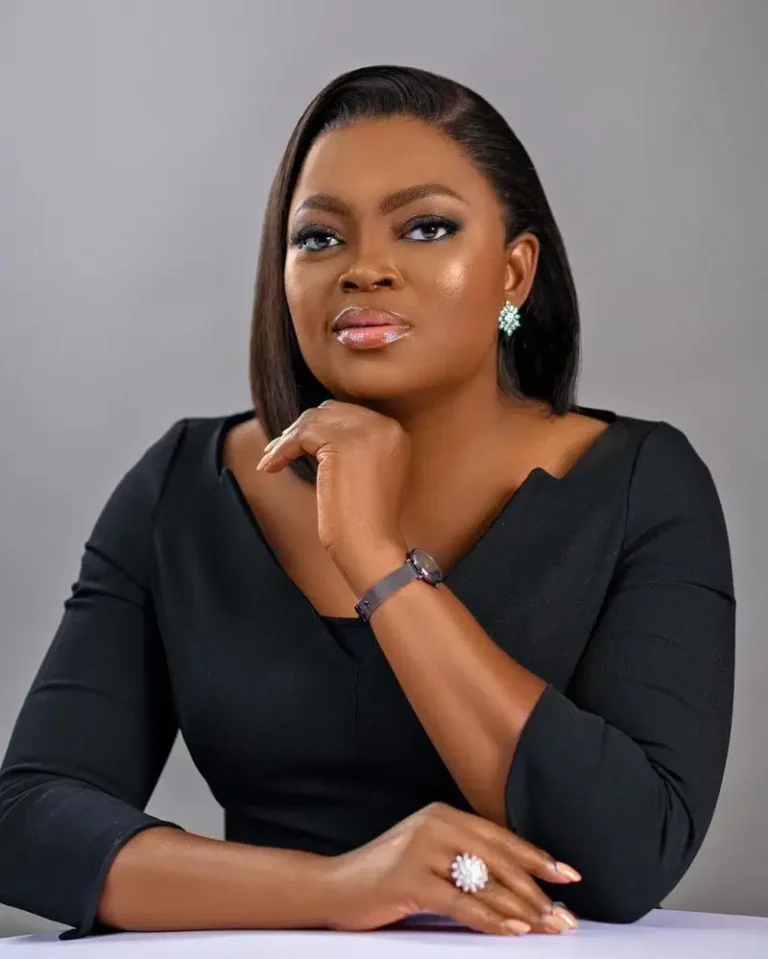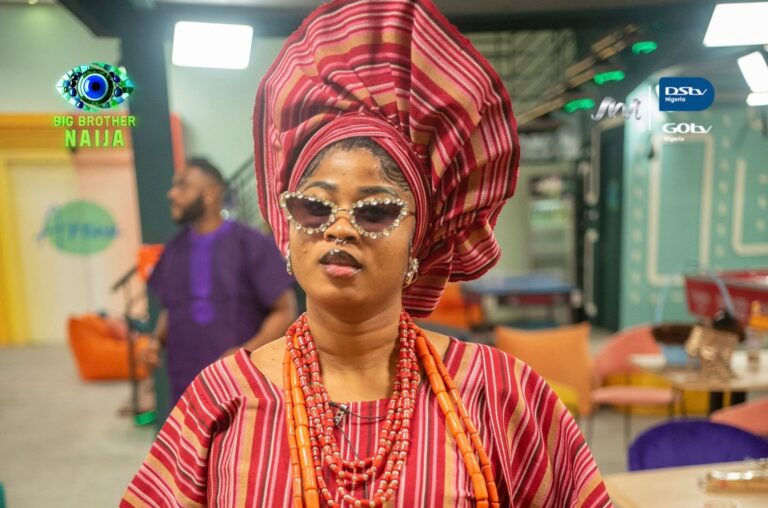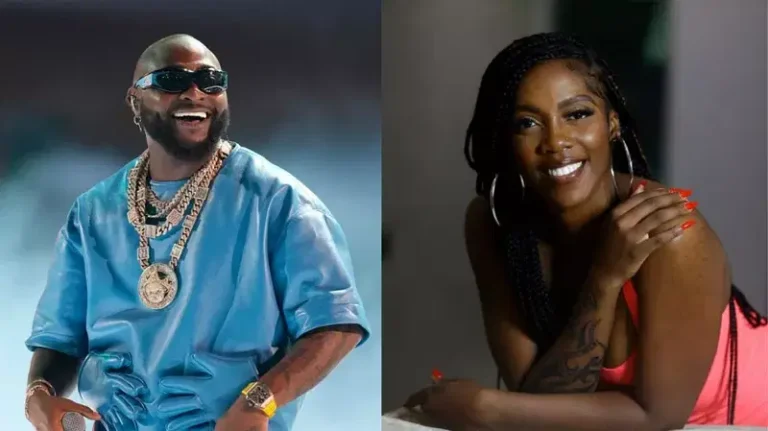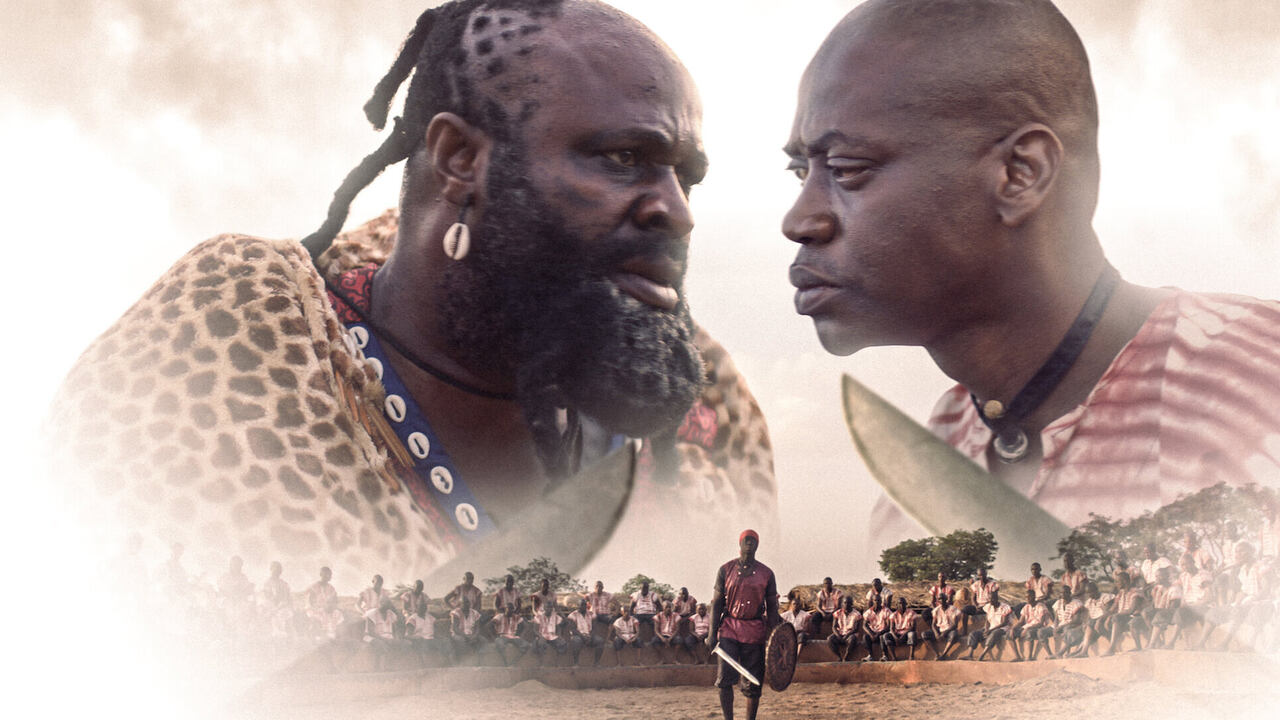
Jagun Jagun: A Thrilling Tale of Power, Betrayal, and Vengeance
“Jagun Jagun” is an intense and emotionally charged cinematic journey that delves into the heart-wrenching consequences of war, masterfully directed by Tope Adebayo and Adebayo Tijani. Set in the intriguing backdrop of Iwon Kingdom, the film follows the path of Gbotija, portrayed with remarkable depth by Lateef Adedimeji, on a quest for vengeance and redemption in a world tainted by bloodshed.
The film’s narrative is structured around the notion that war is a malevolent force that leaves behind a trail of destruction, both physical and emotional. Gbotija’s journey begins as an innocent and hopeful youth, only to be transformed into a merciless weapon at the hands of his master, Ogundiji, a chilling antagonist brought to life by Femi Adebayo. The dynamic between Gbotija and Ogundiji exemplifies the manipulation and dehumanization that war can impose upon even the most honorable souls.
The storytelling shines through the multiple subplots woven intricately into the narrative. Gbotija’s losses, from his father to his lover, underscore the far-reaching impacts of conflict. The acid tests he undergoes under Ogundiji’s tutelage represent the inner turmoil faced by those trapped between loyalty and morality, a theme that resonates deeply in a world rife with moral ambiguity.
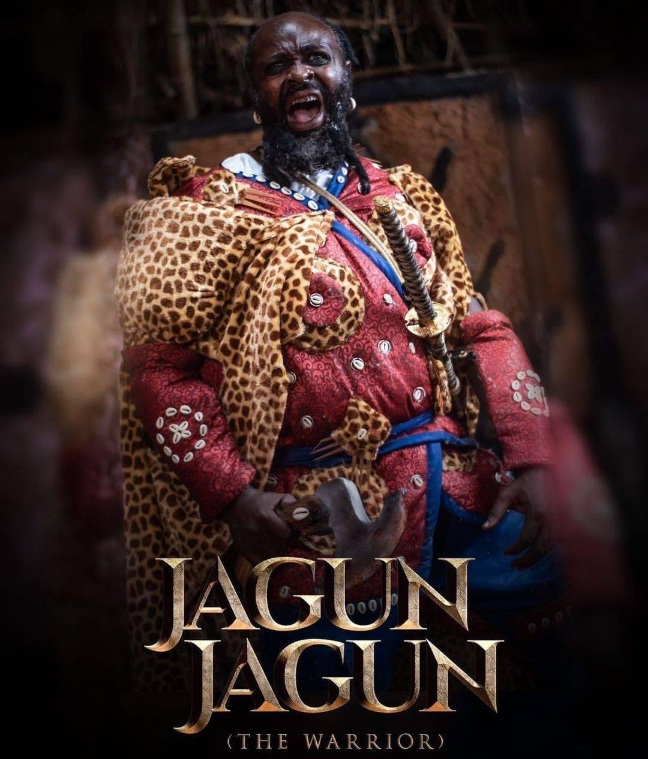
The film excels in portraying Gbotija’s internal struggle as he grapples with his identity as a victim-turned-executioner. The poignant moment at the Alaje Kingdom, where Gbotija must decide between his allegiance to the king’s orders and his empathy for innocent villagers, encapsulates the film’s central conflict. This emotional climax encapsulates the essence of the “necessary evil” concept tied to warfare—where power-hungry elites manipulate the masses into battle for their personal gain, echoing a reflection of real-world sociopolitical dynamics.
Analysis and Commentary
Set in a realm dominated by the iron fist of the tyrannical Warlord Ogundiji, the story follows the emergence of a young warrior named Gbotija. Driven by a deep desire to avenge his father’s death, Gbotija embarks on a perilous journey to join an elite warrior squad under the leadership of the feared warlord. As Gbotija’s reputation for justice and bravery spreads among the warriors, he captures the attention of Kiitan, the warlord’s daughter, setting in motion a forbidden connection that defies the rigid social hierarchy.
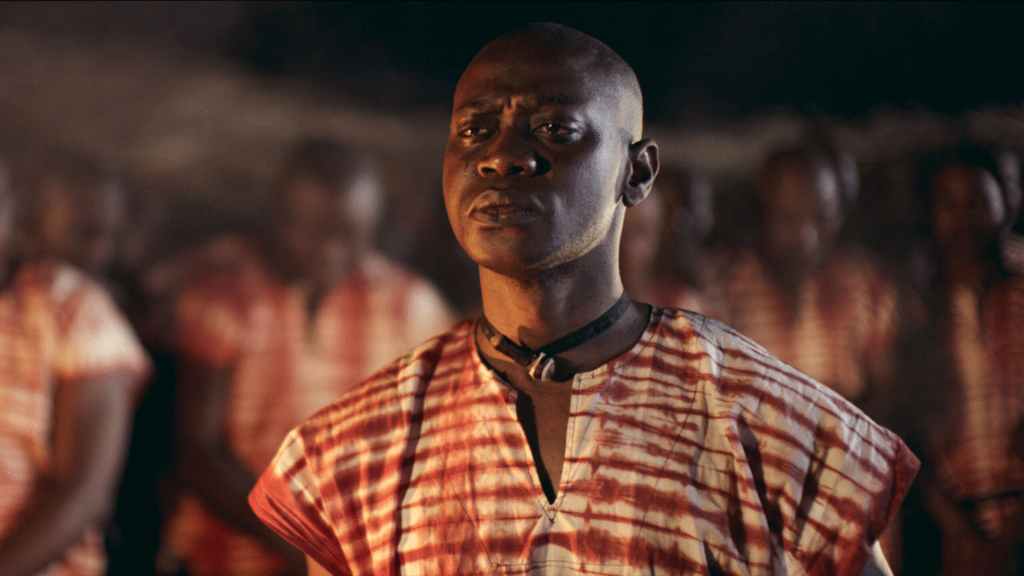
Aesthetically, “Jagun Jagun” excels with its tasteful cinematography that captures both the beauty of the Yoruba culture and the intensity of battle scenes. The film embraces its rich cultural heritage, offering audiences a visual feast of traditions and references that add authenticity to the story’s backdrop. The choice of music and soundtrack elevates the viewing experience, effectively complementing the emotional highs and lows.
Femi Adebayo’s prowess shines through in the film’s meticulous attention to detail, particularly evident in the costume designs and impressive VFX effects. The storyline unfolds with a rhythmic flow, seamlessly blending suspense, betrayal, regret, vengeance, and reckoning. The incorporation of the Yoruba language enriches the authenticity of the characters’ interactions, grounding the narrative in its cultural roots.
One of the film’s highlights lies in its portrayal of Yoruba tradition, integrating language and practices to create an immersive experience. The meticulous attention to detail in costumes and the impressive use of VFX effects contribute to the authenticity of the world-building.
The film’s narrative is a tale of three intertwined fates: the ambitious young warrior Gbotija, the ruthless Warlord Ogundiji, and the enigmatic Kiitan, Ogundiji’s daughter. As Gbotija’s path crosses with Kiitan’s, forbidden love blossoms between them, adding a layer of complexity to an already intricate plot. The tensions rise as Ogundiji’s dictatorship is threatened by Gbotija’s growing popularity among the warriors.
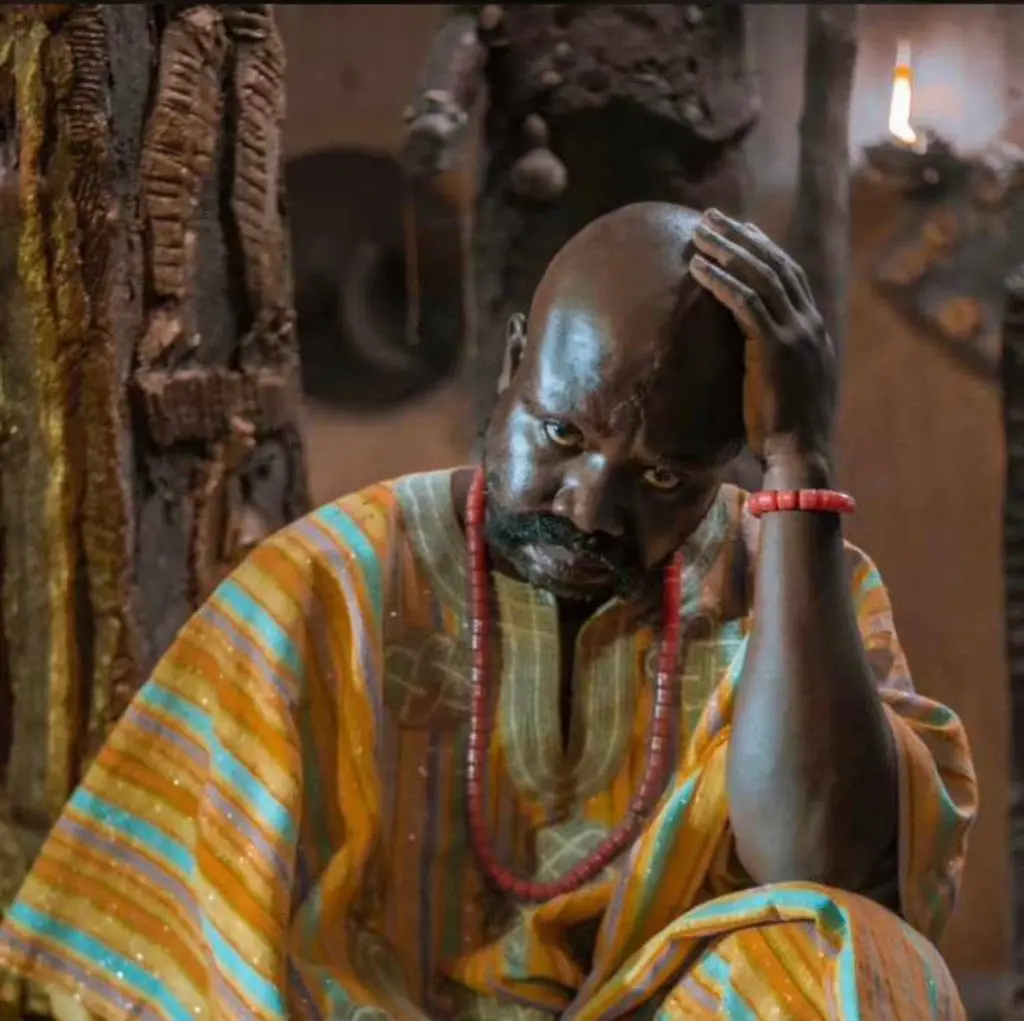
The climax of the story, a showdown between Gbotija and the masked-demon assassin Agemo, is a tour de force of action and emotion. The unexpected twist that reveals Agemo’s true identity as Kiitan adds a poignant layer of tragedy to the narrative, leaving audiences astounded.
“Jagun Jagun” is not only a tale of epic battles and sorcery but also carries a poignant social message. The film serves as a wake-up call to Nigerian society, particularly the youth, urging them to stand up against oppression and corruption.
While the film excels in many aspects, there are moments that might leave audiences wanting more. Gbotija’s sword-fighting skills, for instance, lack the finesse and mastery exhibited by other characters, and this slight inconsistency can be a minor distraction.
In the aftermath of “Jagun Jagun,” one cannot help but yearn for a deeper exploration of Agemo’s backstory. An origin story focused on this mysterious and powerful character would be a captivating addition to the film’s universe.
The character of Ogundiji serves as a chilling metaphor for the elites who orchestrate and profit from chaos. His aura of dread and his role as the grand assassin align with the shadowy figures who engineer discord to achieve their ends. The connection drawn between Ogundiji’s actions and Nigeria’s political landscape adds an extra layer of depth that resonates particularly strongly with the local audience.
The film’s visual and auditory elements are impressive, immersing the viewer in the war-torn world of Iwon Kingdom. The performances, particularly by Femi Adebayo and Lateef Adedimeji, are powerfully convincing, encapsulating the pain, anger, and yearning that fuel the characters’ motivations.
“Jagun Jagun” stands as a thought-provoking exploration of war’s devastating aftermath, anchored by its well-wrought characters and their intricate moral dilemmas. This cinematic endeavor serves as a stark reminder of the corrosive impact of conflict on society, urging us to ponder the role we play in either perpetuating or resisting the cycle of violence. With its resonance in both narrative and sociopolitical contexts, “Jagun Jagun” secures its place as an important commentary on the universal theme of the destructive nature of war.
Positives of Jagun Jagun
“Jagun Jagun” captivated me with its visual beauty and its ability to evoke emotions in the viewer. I was particularly moved by Agemo’s poignant death scene while in Gbotija’s hands, as well as the intense duel between Gbotija and Gbogunmi. These moments stirred a rush of emotions that are fitting for such significant developments.
The film’s lavish use of costumes, picturesque locations, and high-quality audio-visual elements impressed me. The incorporation of Yoruba anecdotes, proverbs, and alliterations added depth to the movie, showcasing the intrinsic beauty of the Yoruba language (though it may have been slightly overused in certain instances).
The juxtaposition of metaphysical and natural strengths was a brilliant narrative choice. Introducing Agemo, the masked demon-assassin, illustrated how warriors with unique pacts with otherworldly forces could gain an advantage over their adversaries.
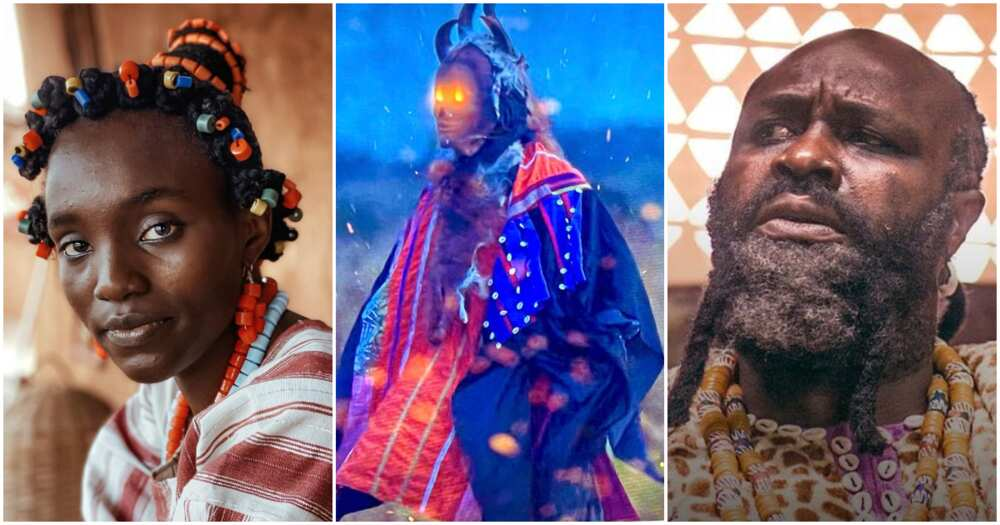
The meticulously executed blood-spilling and combat scenes were a welcome departure from past efforts. One standout moment was the mirage that materialized into an image before Ogundiji, compelling him to seek Agemo’s intervention. I found myself revisiting that scene due to its impact.
The movie skillfully delved into the complexities of love through the relationships between characters. The dynamics between Gbotija and Gbogunmi, as well as Gbotija and Iroyinogunkiitan (Agemo), showcased the intricate nature of love.
The unexpected defiance of Gbogunmi, a seemingly villainous character, against his master’s orders demonstrated how love can triumph over even the darkest desires. This pivotal moment set in motion events that led to his downfall. His demise during the sparring scene with Gbotija, where love played a decisive role, highlighted the profound effect of this emotion.
Agemo’s power was undeniable, yet the character’s vulnerability due to love, embodied by Kiitan, added depth. Love’s capacity to weaken even the strongest beings was a recurring theme in history, and it was portrayed effectively.
Negatives of Jagun Jagun
Perfection is elusive in art, as it’s imperfections that give it character. “Jagun Jagun” is no exception and presents some areas for improvement.
Ogundiji’s excessive head twitching seems unnecessary and overdone. The unkempt beard doesn’t necessarily enhance the menacing aura of the character.
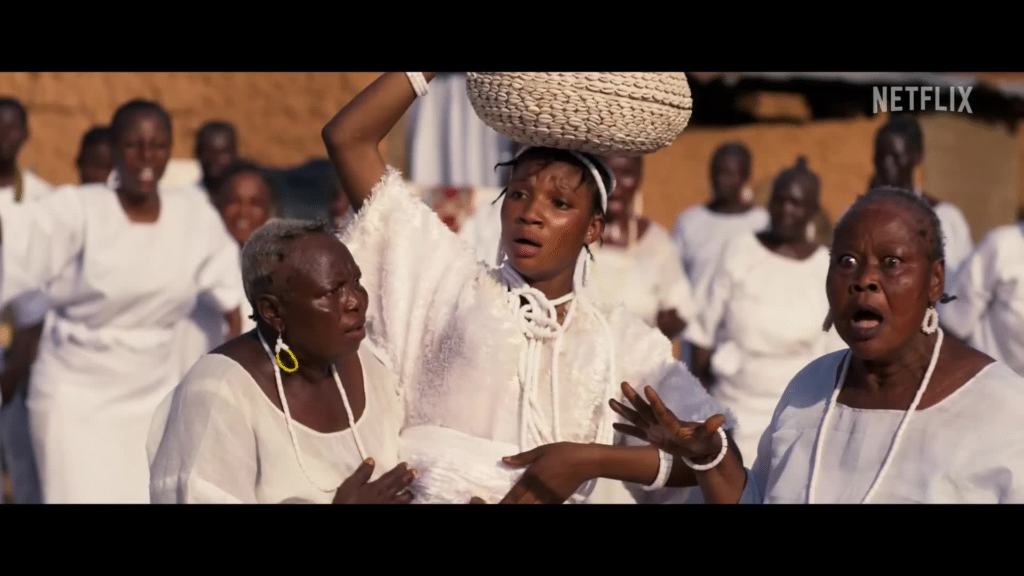
While the story’s overall development is satisfactory, there are moments where the plot feels contrived and could benefit from more attention. The movie’s aesthetics are captivating, but equal attention to plot development could elevate it further.
I might be wrong, the reason being that I’m not a Yoruba but historically, Yoruba warriors employed wrestling, archery, and machetes in battle. While the inclusion of guns can be explained by Ogundiji’s conversation with Gbogunmi, when he said, “I have reserved three for you but I will teach you how to use them”. The only conflict I have there is the fact that in the scene before, there were warriors with guns on the battlefield. Perhaps, some of Ogundiji’s serving warriors had access to them before Gbogunmi knew of their existence. The continuity of weapons on the battlefield could have been better managed.
The movie’s conclusion, introducing Ibrahim Chatta, was a masterful way to leave us wanting more, a strategic move that hints at an upcoming sequel. Femi Adebayo’s vision, combined with a strong ensemble cast and captivating visuals, cement “Jagun Jagun” as a must-watch film that leaves an indelible mark on both the cinematic landscape and the hearts of its viewers.

